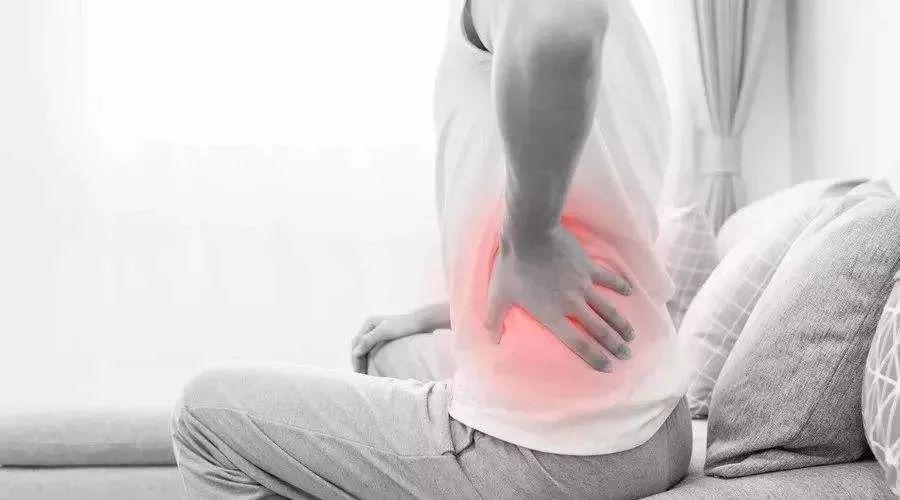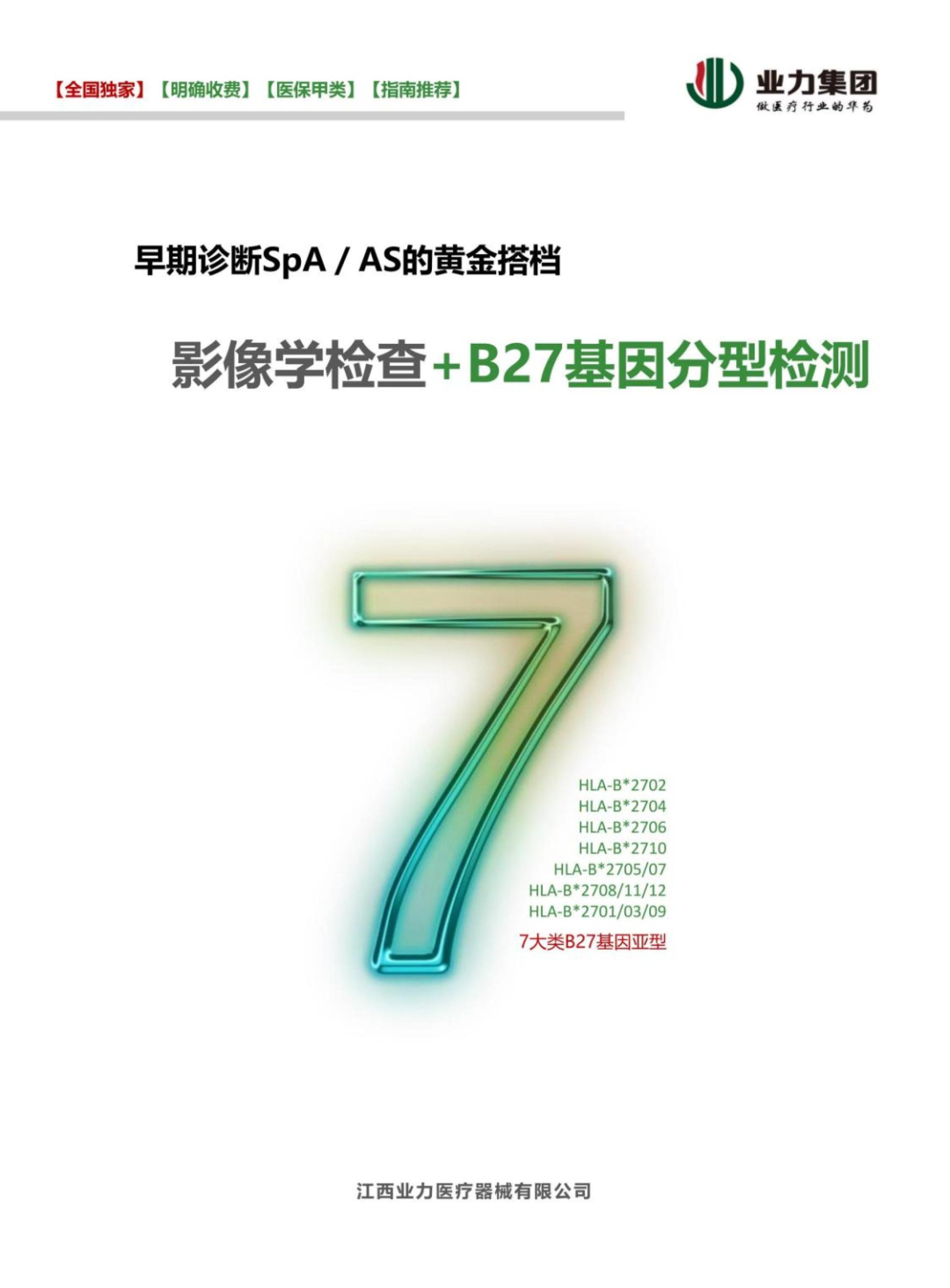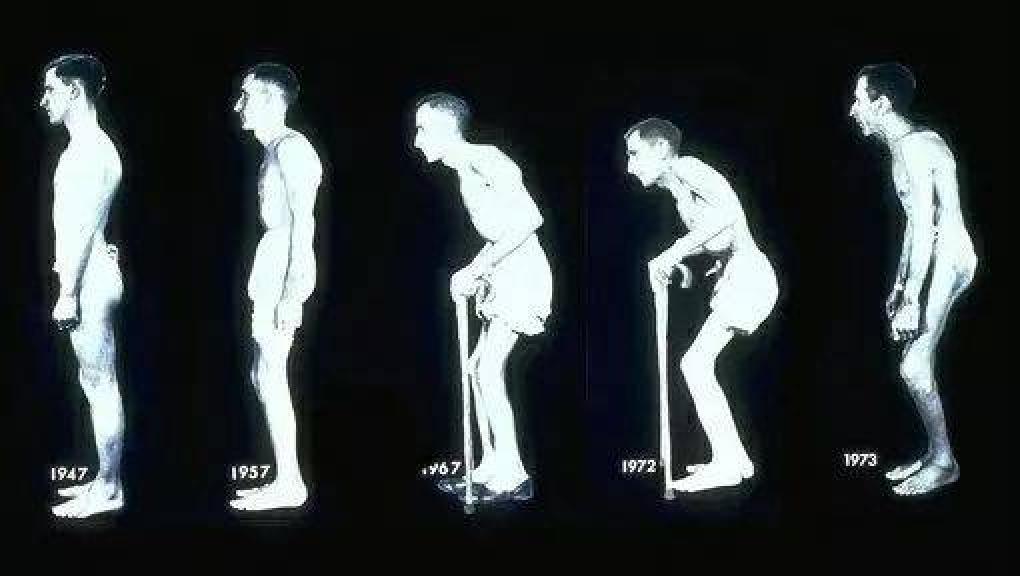Information Details
Are you really just suffering from ordinary low back pain? It may be spinal arthritis!
Published:
2022-01-10 10:00

Nowadays, with the fast-paced, high-stress modern social life and work style, there are more and more young and middle-aged people suffering from low back pain, and the age of onset is also getting younger and younger. Many patients often suffer from lumbar muscle strain or lumbar disc Diagnosis of prominence. If you are diagnosed with lumbar muscle strain after excluding the following diseases, you can breathe a sigh of relief. If not, please pay special attention to see if you have the following symptoms, and you need to focus on screening for spinal arthritis.

So, what is spondyloarthritis?
Spondyloarthritis, formerly known as seronegative spondyloarthropathies or spondyloarthropathies, is a group of chronic inflammatory rheumatic diseases with specific pathophysiological, clinical, radiological and genetic features, inflammatory low back pain with or without The presence of peripheral arthritis, together with certain characteristic extra-articular manifestations, is a characteristic symptom and sign of this type of disease. Diseases in this category include: ankylosing spondylitis, reactive arthritis, psoriatic arthritis, inflammatory bowel disease arthritis, undifferentiated spondyloarthritis, etc. There is a strong correlation between spondyloarthritis and HLA-B27 gene. Among them, 90%-95% of patients with ankylosing spondylitis are positive for HLA-B27. In recent years, there are more and more studies on HLA-B27 genotyping . More than 200 types of HLA-B27 gene subtypes have been found, and patients with different subtypes have different clinical features and treatment options of ankylosing spondylitis. It is hoped that more evidence-based medical research will explore different HLA-B27 in the future. The B27 gene subtype has important reference significance for the prediction of ankylosing spondylitis disease and the guidance of treatment plan.

1. Axis involvement
In a broad sense, the range of the central axis should refer to the pelvis to the cervical spine, including the hip joint ; in the narrow sense, the involvement of the central axis mainly refers to the involvement of the cervical, thoracic, lumbar and sacroiliac joints. Axial involvement includes early and late stages. In the early stage, it mainly manifests as inflammatory low back pain, but the radiation does not show the manifestation of sacroiliitis. These patients are usually easily missed or misdiagnosed clinically. The clinical manifestations in the late stage are very obvious, including sacroiliitis, partial or complete involvement of the spine, changes in the patient's body shape, limited mobility, and imaging changes. It is easy to be diagnosed clinically, but even if it is diagnosed correctly clinically, its treatment is often missed optimal treatment period, or the patient has developed functional limitations or disabilities. Therefore, attention should be paid to the diagnosis and treatment of early axial involvement in ankylosing spondylitis, so as to control the disease as soon as possible. HLA-B27 genotyping has important reference significance for the early diagnosis of ankylosing spondylitis.

Common symptoms are as follows:
(1) Alternating buttock pain
This is a symptom that can occur in both patients with ankylosing spondylitis and those with mechanical low back pain.
(2) Inflammatory low back pain
Inflammatory back pain is one of the most hallmark features of ankylosing spondylitis, and it is an important clinical symptom for screening and identifying patients with chronic low back pain for rheumatic immune diseases.
(3) Anterior chest wall pain
Patients with spondyloarthritis often have pain around the anterior chest wall, and severe cases may have swelling of the sternoclavicular joint.
(4) Rigid spine
Ankylosing spondylitis and psoriatic arthritis spondylotic type of disease can have ankylosing spine in the later stage of the disease. Often results in impaired mobility of the spine and increases the risk of fractures.
2. Peripheral joint involvement
In addition to the central axis (spine) joints involved in spondyloarthritis , peripheral joint involvement is also a common manifestation. Peripheral joints in the usual sense include all joints except the spine (axial joints). Many patients with spondyloarthritis first develop swelling and pain in the peripheral joints in the course of the disease, and then appear symptoms of low back pain after several years. Misdiagnosed as other types of arthritis and can not get timely and correct treatment, thus delaying the patient's treatment, and even causing the patient's disability. The incidence of peripheral joints in spondyloarthritis is characterized by the younger the age of onset, the more obvious the involvement of peripheral joints, and the higher the disability. Different from rheumatoid arthritis, except for the hip joint, the symptoms of arthritis or arthralgia in the knee and other joints are mostly intermittent, and the clinical symptoms are mild. X-ray examination mainly shows soft tissue swelling around the joint, rarely Radiographic evidence of bone destruction can be found.
3. Enthesitis
Common locations are: heel (including heel floor or Achilles tendon), local swelling and pain around the knee joint, ischial tuberosity, anterior superior iliac crest, pubic symphysis, and rib cartilage junction.
4. Skin and mucous membrane involvement
As a chronic systemic inflammatory disease, spondyloarthritis is often accompanied by organ involvement such as skin and mucous membranes.
(1) Psoriasis: There is no direct relationship between the severity of skin lesions and the severity of arthritis, only 35% of them are related.
(2) Nail lesions.
(3) Purulent keratosis.
(4) Erythema nodosum.
(5) Conjunctivitis. Eye hyperemia, tearing, mucopurulent discharge with papillary protrusions on the conjunctival surface.
(6) whirlpool balanitis.
(7) Mouth ulcers.
(8) Enteritis.
5. Other manifestations
(1) Systemic symptoms: fever, anemia and malaise.
(2) Other organ involvement manifestations: uveitis, cardiac valve insufficiency (aortic valve and mitral regurgitation), varying degrees of cardiac conduction system dysfunction and left ventricular insufficiency, pulmonary pleura involvement (both upper lungs) Fibrotic lesion), spinal fracture, renal disease (secondary amyloidosis, mesangial proliferative glomerulonephritis).
Patients with low back pain with onset time ≥ 3 months and age ≤ 45 years old, if they have the above symptoms, please pay special attention and go to the doctor in time. Use the HLA-B27 genotyping detection index for early diagnosis of spondyloarthritis, so as to Early treatment, delaying the development of the disease, reducing the misdiagnosis rate and disability rate, and significantly improving the prognosis have important clinical and practical significance.




